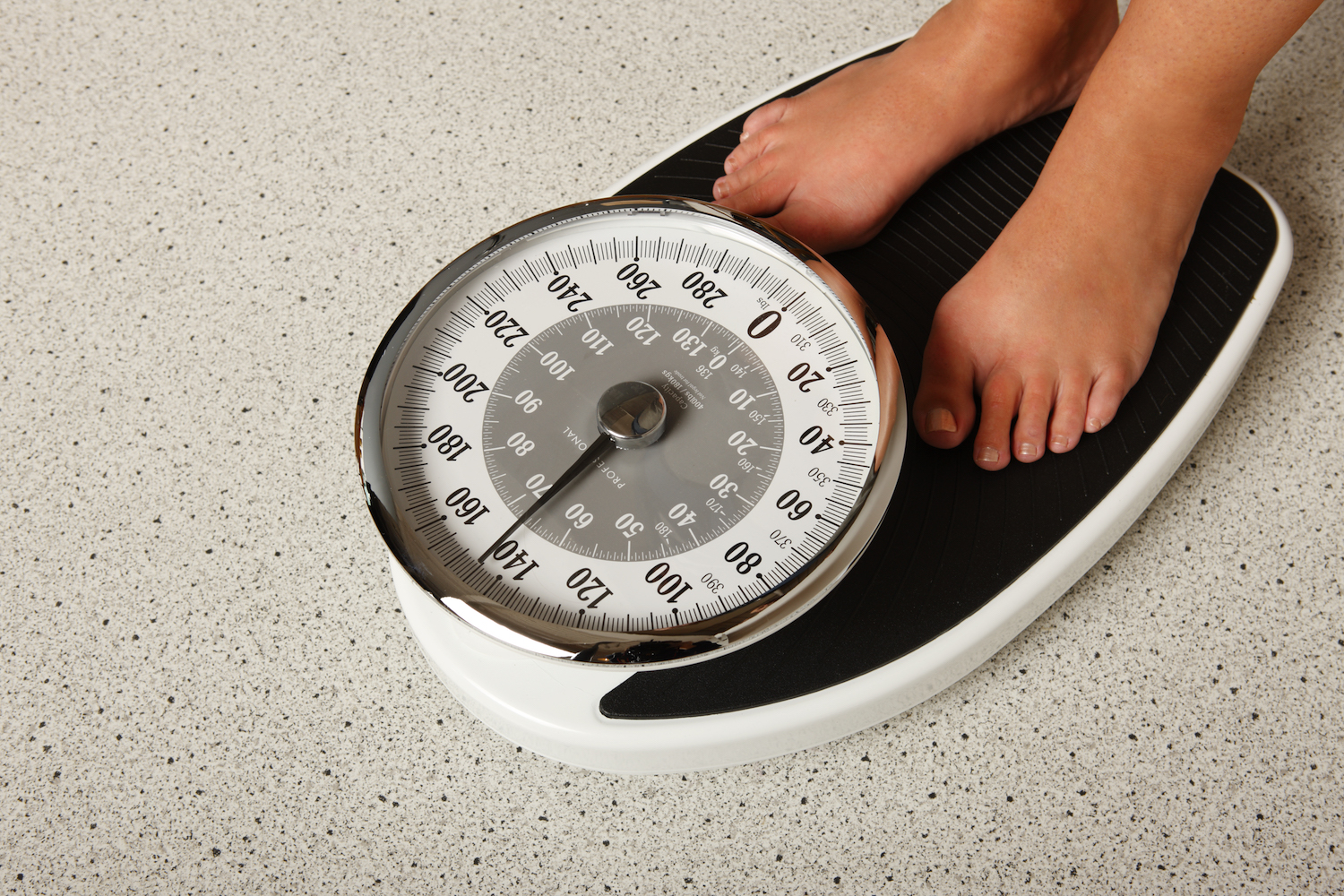New Kaiser Permanente study shows a better identification of low muscle and high fat might lead to better outcomes
A new study by Kaiser Permanente researchers is taking on the question of how muscle, and fat, affects the overall survival in patients diagnosed with non-metastatic breast cancer. The study, titled “Association of Muscle and Adiposity Measured by Computed Tomography with Survival in Patients with Nonmetastatic Breast Cancer,” appears in the April 5 online edition of the journal JAMA Oncology.
“The traditional Body Mass Index (BMI) measurement of a person’s adiposity, or obesity, can have a lot of error in it,” said the study’s lead author Bette Caan, DrPH, a senior research scientist in the Kaiser Permanente Northern California Division of Research. “In this study, we wanted to understand if the amount of muscle, or quality and type of it, might affect a patient’s survival.”

We asked Dr. Caan to help explain why this work is important and what it means to patients and physicians:
Q: Why did you think it was important to look at this area of work?
BC: BMI can’t distinguish types of adiposity (subcutaneous versus visceral) which may have varying effects on survival and it does not tell you anything about the amount of muscle or the quality of muscle a patient might have. For this reason, studies examining effects of BMI have been inconsistent and using BMI to identify patients at risk may lead to interventions (such as weight loss) that are not beneficial for patients. We think more direct measures of components of body composition, using CT scans when available, as they are for many patients, are needed to try and understand exactly what is driving improved or decreased survival. Muscle, which has been understudied in non-metastatic breast cancer patients, is also an important body composition component. Skeletal muscle is the largest organ in the body and secretes cytokines and other peptides (known as myokines) that have autocrine, paracrine, or endocrine actions. Like adipose tissue, skeletal muscle has a role in regulating whole body metabolism, inflammation, and insulin resistance and is an important prognostic factor in other cancers.
Q: What was your population?
BC: We looked at 3,241 Stage II and Stage III breast cancer patients diagnosed at Kaiser Permanente Northern California between 2005-2013 and also those diagnosed at the Dana Farber Cancer Center between 2000 and 2012.
Q: What did you find?
BC: Sarcopenia (low muscle) is highly prevalent, even among patients with non-metastatic disease. Having adequate muscle reserves is a strong protective factor for better survival and having high amounts of adipose, or fatty, tissue is a risk factor for worse survival. When women were categorized based on just their BMI alone, no significant relationships with survival emerged.
Q: What’s next for this body of research? Do you have something else planned?
BC: We want to examine specifically whether effects of adiposity on survival vary by type of adipose tissue. In this paper, we only looked at total amount of adipose tissue but now we are studying whether it is visceral or subcutaneous adipose tissue—or both—that contributes to poorer survival.
We are also examining whether having low muscle leads to increased chemotoxicities and the inability to finish chemotherapy or have a reduced dosage, both of which may lead to suboptimal treatment.
Q: What should clinicians know about these findings?
BC: There are a number of things patients and their clinicians should consider, based on what we’ve found:
1) Sarcopenia is underappreciated in breast cancer patients. Over 30 percent of women with non-metastatic disease are at risk of a poor outcome because of inadequate muscle at the time of diagnosis.
2) Adiposity does lead to worse survival, but for BMI in the range of 25-30 and even 30-35, BMI may not necessarily identify patients who are at risk for a worse outcome because of their adiposity.
3) Putting an overweight woman or an obese woman on a weight loss diet typically causes muscle loss and if the woman is not at risk for adiposity, the intervention may not help.
4) If CT scans are available, muscle and adiposity levels can be gotten semi-automatically, and radiologists should think about incorporating this information into clinical care.
Editor’s Note: The work was funded by the National Cancer Institute. Besides Caan, other Kaiser Permanente researchers on the paper include Elizabeth Cespedes Feliciano, ScD; Stacey Alexeeff, PhD; Candyce Kroenke, ScD and Charles Quesenberry, PhD; Carla Prado, PhD and Taiwo Olobatuyi of the Centre University of Alberta, Edmonton; and Wendy Chen, MD, Dana Farber Cancer Institute.
To read the full study, go here.





This Post Has 0 Comments